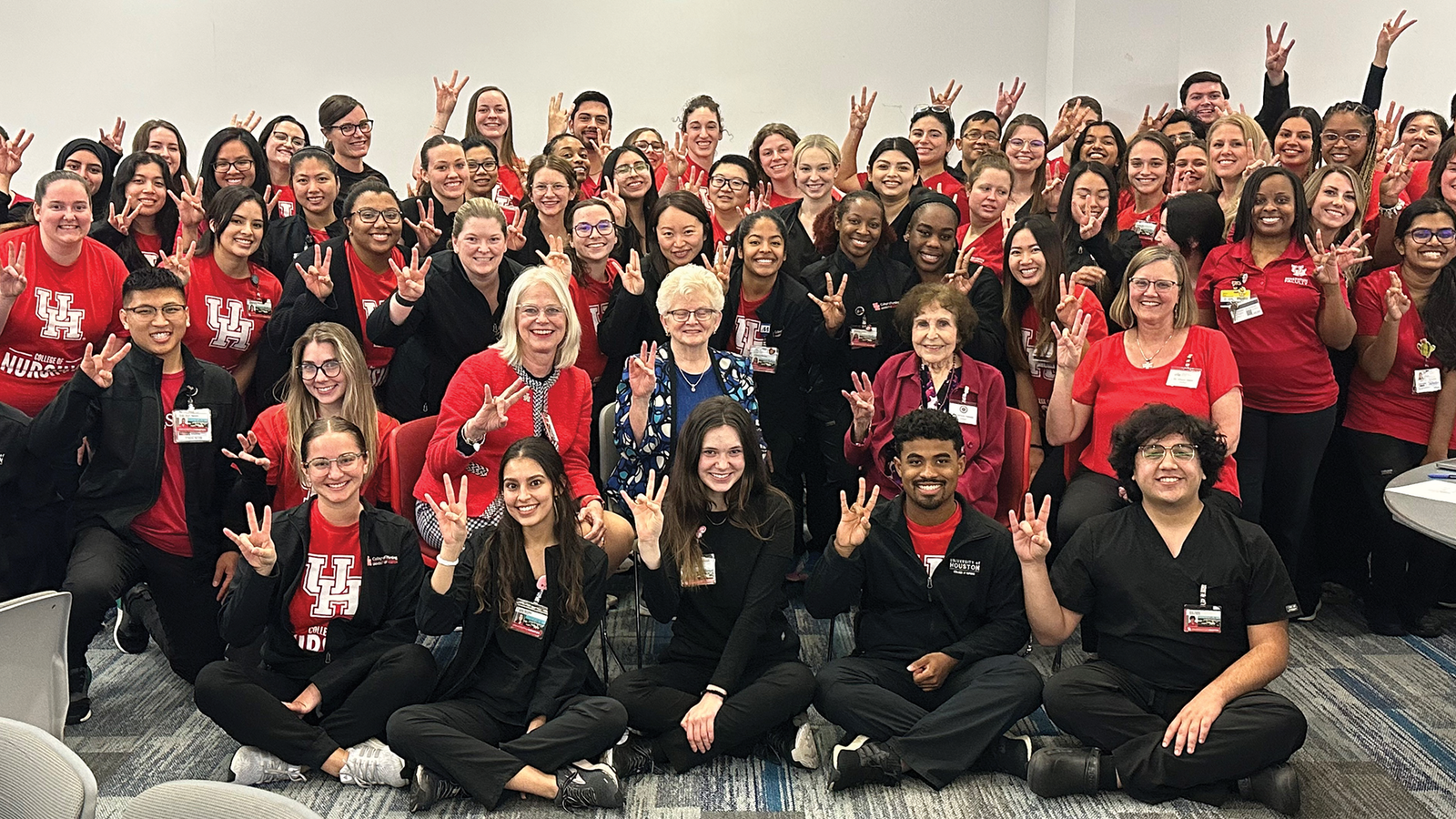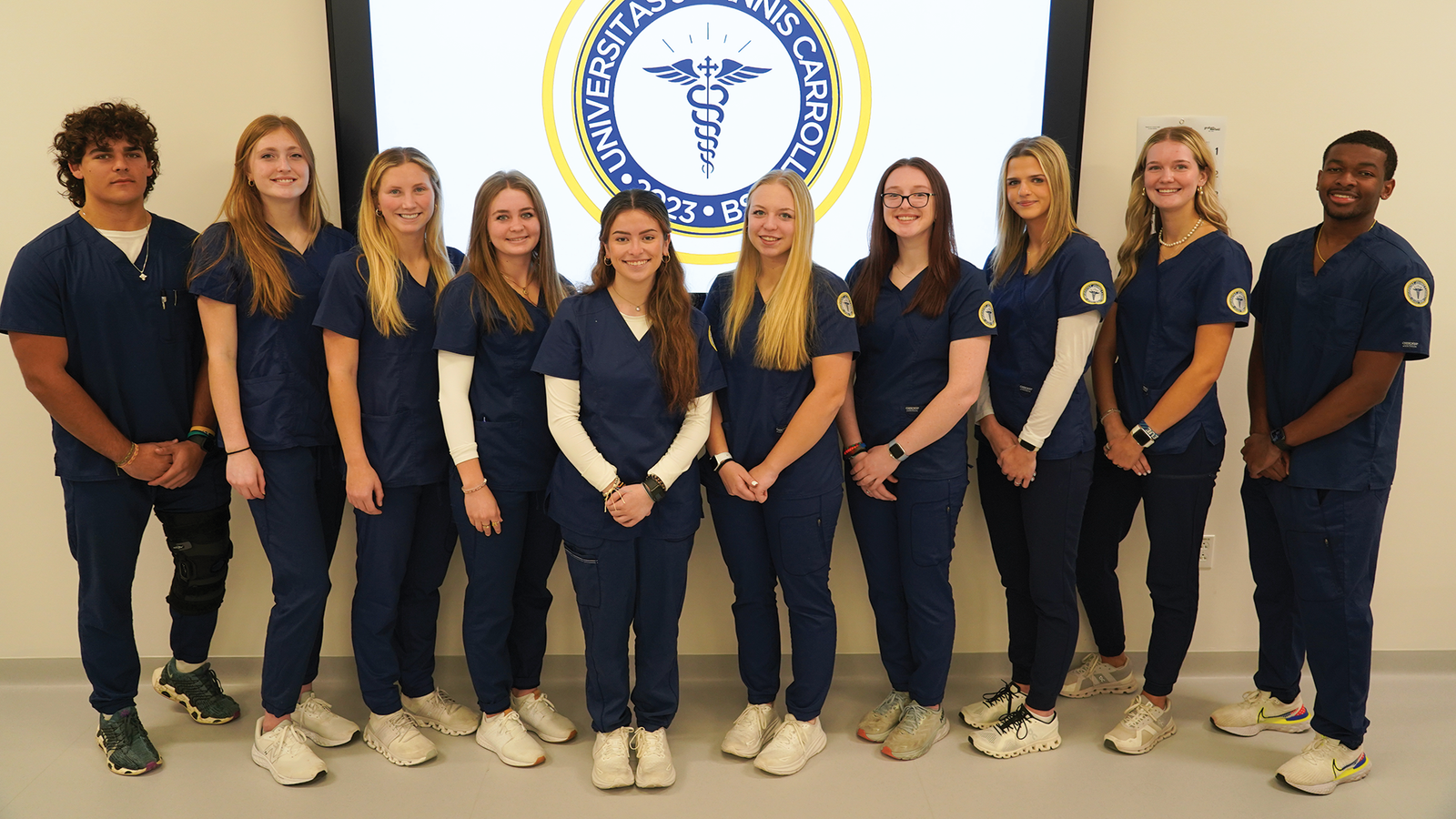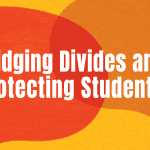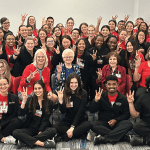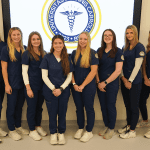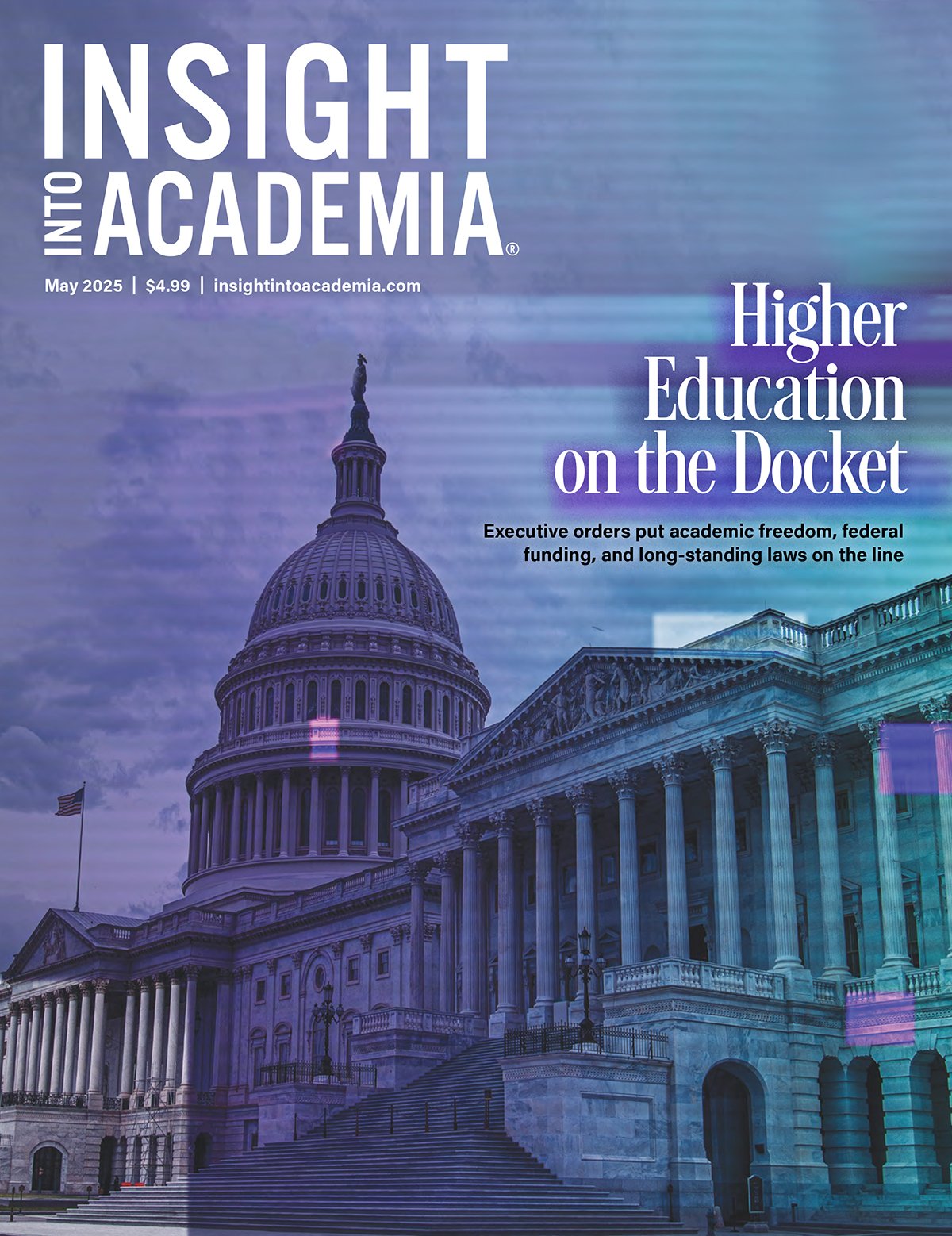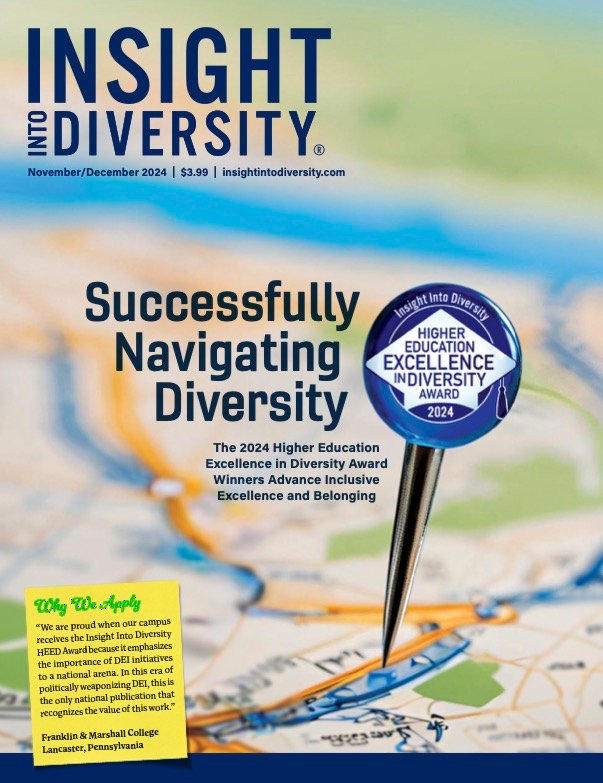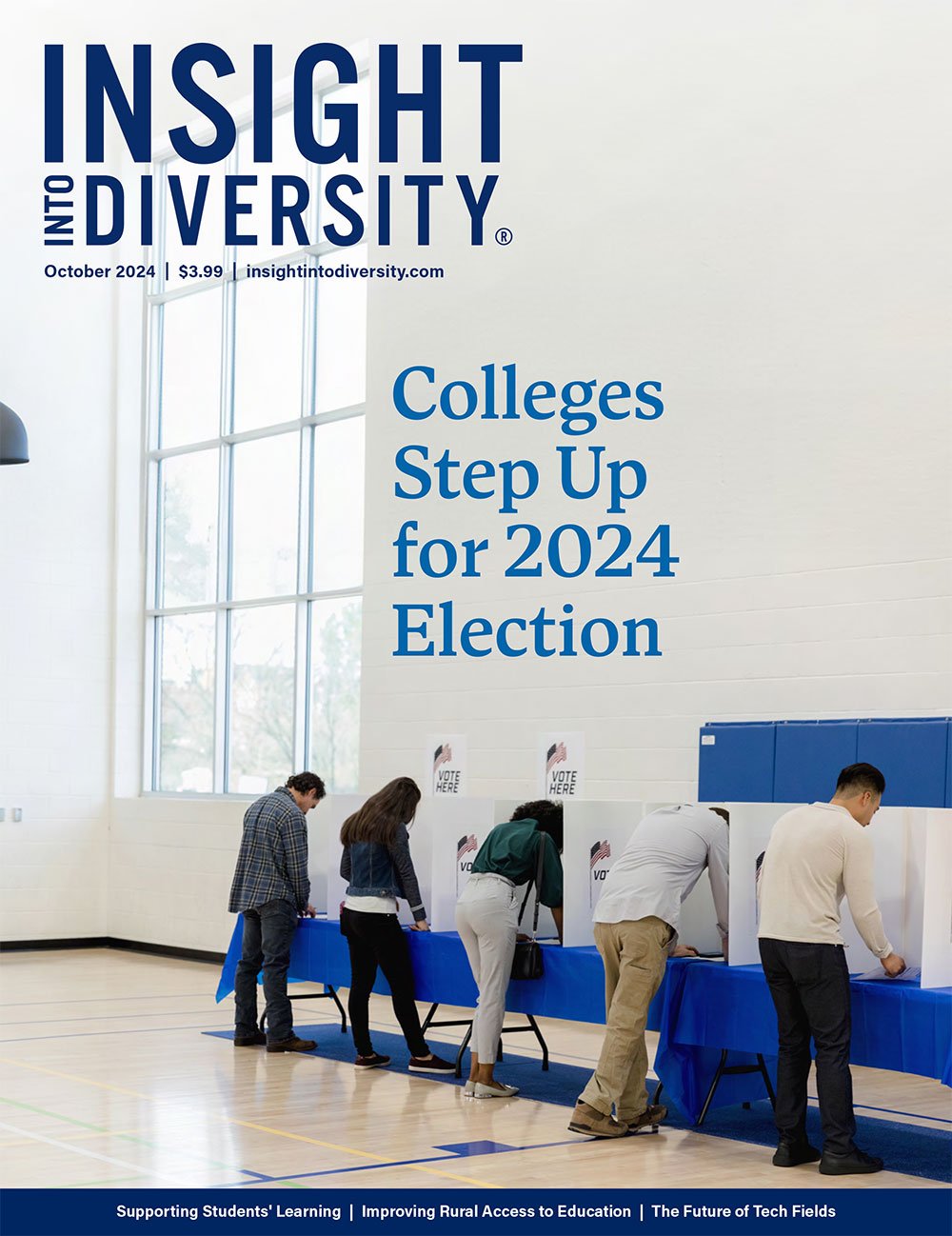In recent years, especially in the wake of the 2020 racial justice movement, a growing number of higher education institutions have begun prioritizing diversity in admissions. While many of these colleges continue to focus primarily on first-year recruitment as a means of increasing multiculturalism on campus, some top-ranking schools have turned their attention to transfer students.
At some of the nation’s most competitive colleges, transfer acceptance rates are now even higher than first-year acceptance rates. Such is the case at a number of prestigious flagship institutions — including the University of California, Los Angeles (UCLA), University of Michigan (U-M), and University of Virginia (UVA) — and a small collection of highly selective schools, including the University of California, Berkeley (UC Berkeley), Cornell University, and Dartmouth College.
Students who transfer to a top-tier college are more likely to be ethnically or racially underrepresented or to come from disadvantaged backgrounds, especially if they are “upward transfers,” or students who transition from a two-year college to a four-year institution.
“Community college transfer students bring a really important perspective to campus,” says Tania LaViolet, PhD, director of the College Excellence Program (CEP) at the Aspen Institute. “Not only are they more racially and socioeconomically diverse, but they also have more diverse backgrounds in terms of age and life experience.”
At CEP, LaViolet helps lead the American Talent Initiative (ATI), a coalition of 128 high-ranking colleges and universities that share a commitment to “accelerating opportunity and expanding access and success for talented students from lower-income backgrounds,” its website states. Part of this commitment includes recruiting high-achieving students from community colleges. Member institutions such as UCLA, U-M, and UVA have seen notable increases in upward transfer rates through their work with the initiative.
Recruiting community college students begins with outreach and spreading the message that transferring to a top-ranking institution from a two-year school is possible, according to LaViolet. Many of these students “don’t see it as an option for themselves despite having all the talents to excel,” she says. “It’s really important for selective institutions to be out there, to say ‘We want you,’ to share stories of transfer students who are on their campuses and who contributed in really incredible ways to the campus culture and are doing great things.”
Partnerships with educational groups like ATI are another effective method for reaching potential transfers. With support from the Jack Kent Cooke Foundation, the initiative’s Transfer Scholars Network (TSN) allows four-year institutions to identify and reach out to community college students who have demonstrated that they can succeed in rigorous academic environments. The TSN asks faculty and advisers at two-year institutions to nominate high-achieving students for the network. It then connects these nominees with admissions staff at top-ranking colleges and universities. Thus far, LaViolet says, students have responded well to this type of recruitment method.
“They’re honored to be nominated,” she explains. “They’re incredibly talented, but they haven’t thought about transferring to a prestigious institution. It takes someone saying they think they’d be great at that school for them to consider it.”
Institutional partnerships are also useful for recruiting and retaining transfer students. For example, schools can work together to create articulation agreements — or documents that establish which credits transfer between their institutions — to establish clear and efficient transfer pathways. Students often find that the process of transferring credits is one of the most significant impediments to transitioning to a new institution, according to LaViolet. This can be especially true for upward transfers applying to more prestigious campuses.
“In some cases, there is some skepticism about whether or not those [community college] courses or the experience in those classrooms is equivalent to courses that the students would be taking at a selective college,” she says. Once schools begin working together, however, they tend to overcome this skepticism. Allowing faculty across different institutions to develop close working relationships while creating articulation agreements or other partnerships aids in this process. “When you bring faculty together, it really starts to demystify what the community college experience is,” explains LaViolet.
One top-ranking institution that has successfully implemented some of the recruitment methods recommended by LaViolet is Cornell University. While transfer admission rates in Ivy League schools generally lag far behind first-year admissions, Cornell reverses this trend. It admitted 15.7 percent of transfer students applying to attend for the fall 2021 semester, compared with only 8.7 percent of its first-year applicants.
Shawn Felton, executive director of undergraduate admissions, says the university works closely with other institutions and organizations across the U.S. to ensure that individuals who are considering transferring to its campus know they will be coming to a welcoming, inclusive community.
While transfer admission rates in Ivy League schools generally lag far behind first-year admissions, Cornell reverses this trend. It admitted 15.7 percent of transfer students applying to attend for the fall 2021 semester, compared with only 8.7 percent of its first-year applicants.
“California, New York, and other states with strong two-year institutional options routinely send us transfer candidates,” he explains. “As New York state’s land-grant institution, Cornell also relies on rich partnerships across the state to build visibility and engage with other regional education centers.”
The university’s website provides multiple resources for current and potential transfers. In addition to a detailed guide on changing colleges, the site shares stories of individuals who have found success at Cornell after first attending other higher education institutions. The ATI points to these stories as a positive recruitment tactic in its booklet The Talent Blind Spot: The Practical Guide to Increasing Community College Transfer to High Graduation Rate Institutions. “Signaling transfer-friendliness, these transfer student profiles and perspectives aim to counteract reservations held by many transfer students,” it states.
UCLA, UC Berkeley, and other schools within the UC system have also succeeded in this area thanks in part to robust online resources. On its landing page, UC’s admissions website provides the links for information on transfer admissions and freshman admissions next to each other, equally visible and accessible. The header on its transfer student webpage states that nearly a third of the system’s students start out at a community college — readily dispelling any doubts that potential transfers may have about being welcomed on a UC campus.
The system’s website also provides ample information about financial aid for transfer students, as well as the virtual Transfer Admissions Planner, which allows prospective applicants to input their coursework, track their progress toward meeting basic credit requirements, and communicate with UC staff about important steps in the transfer process. In addition, the site connects users to California’s Articulation System Stimulating Interinstitutional Student Transfer tool, an online resource that helps those at public higher education institutions throughout the state determine which courses are accepted for credit at different colleges.
UC also hosts special events year-round where future applicants can meet directly with transfer advisers. All of these efforts help to ease the often complex process of switching institutions, contributing to high transfer rates even at the system’s most selective campuses. For fall 2021, UCLA accepted 19 percent of its transfer applicants but only 10.8 percent of its first-year applicants. UC Berkeley’s transfer admissions rate was 22 percent, compared with 14.5 percent for first-year admissions.
Institutions seeking to increase their transfer student enrollment can learn more about successful outreach, recruitment, and support methods by accessing free tools and guides provided by organizations like the Aspen Institute, says LaViolet. As more colleges commit to diversifying their admissions and promoting accessible, equitable education, such resources play a pivotal role in expanding opportunities for all students across two- and four-year campuses.
“We can’t have equity nationally in higher education,” she says, “unless there are no bounds for the talent at community colleges.”●
Carolyn Hogan-Downey, PhD, is a contributing writer for INSIGHT Into Diversity.
To learn more about recruiting and supporting transfer students, visit americantalentinitiative.org or aspeninstitute.org/programs/college-excellence-program.
This article was published in our July/August 2022 issue.





